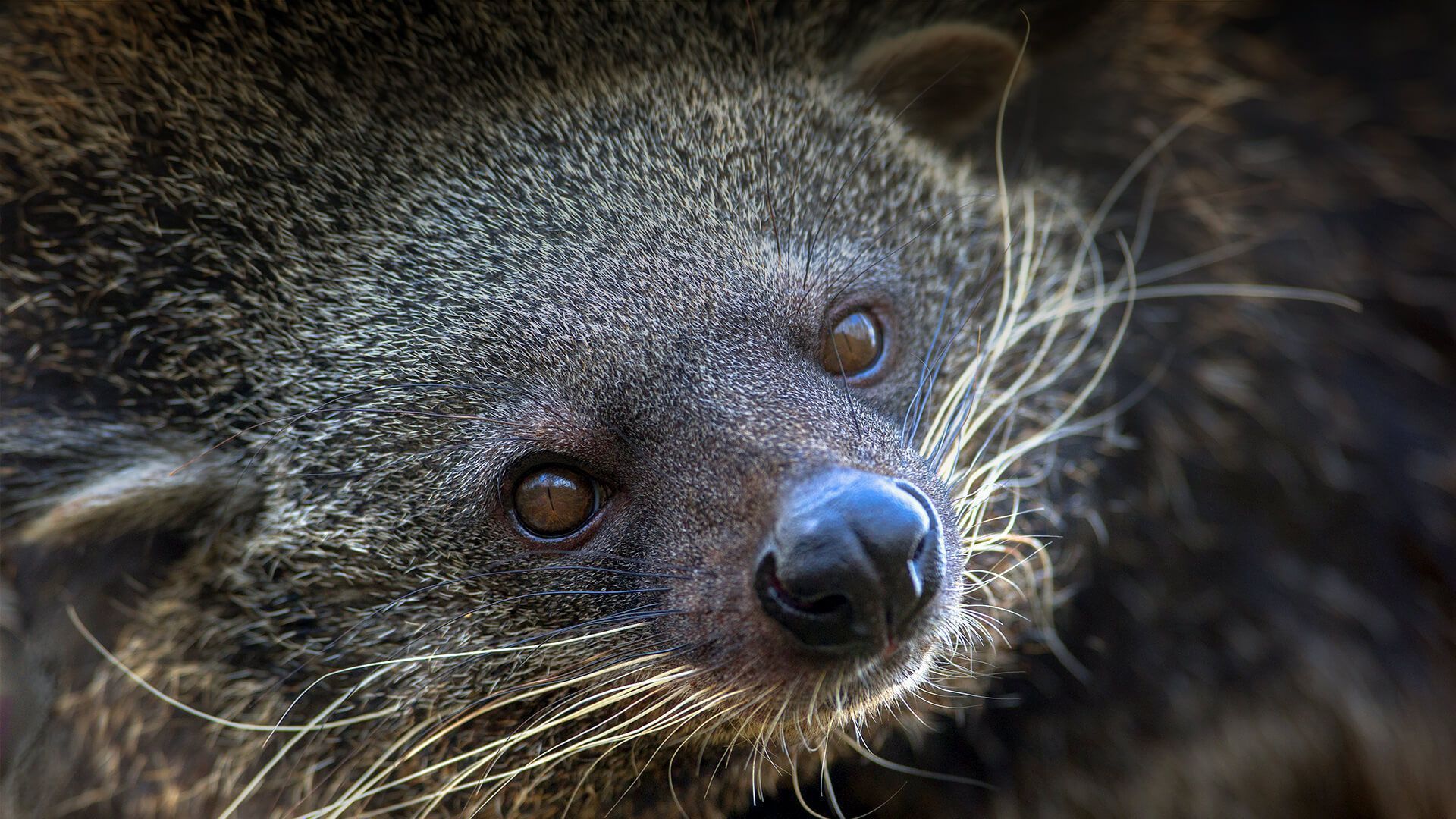Guardians of the Binturong: Ensuring a Future for this Unique Species
In the lush rainforests of Southeast Asia, there exists a captivating creature known as the binturong. With its striking appearance, marked by a glossy black coat and a distinctive prehensile tail, the binturong exudes an air of mystery and intrigue. However, beyond its enchanting facade lies a species in need of our protection and stewardship.
The binturong, also called a bearcat, plays a crucial role in its ecosystem as both predator and prey. Its diet consists of a variety of fruits, small animals, and insects, contributing to the delicate balance of the rainforest's food web. Yet, this unique arboreal mammal faces numerous threats to its survival, ranging from habitat loss due to deforestation to poaching for its fur and other body parts. As guardians of the binturong, it is our responsibility to ensure that this extraordinary species continues to thrive in the wild for generations to come.
Ecology and Habitat
The binturong, also known as the "bearcat," is a fascinating creature native to the dense forests of South and Southeast Asia. These elusive creatures are known for their unique appearance and mainly nocturnal habits. Binturongs play a crucial role in the ecosystem as both predators and seed dispersers. Their diet consists of fruits, small mammals, birds, and insects, making them important for maintaining the balance of their forest habitats.
Binturongs are known for their arboreal lifestyle, spending much of their time in the canopy of the rainforests they inhabit. Their strong prehensile tails help them move gracefully among branches, allowing them to access food sources and escape potential predators. These creatures prefer habitats with dense vegetation and ample access to water sources, as they are skilled swimmers and often rely on streams and rivers for hunting and cooling off during hot days.
Deforestation and habitat loss pose significant threats to the binturong population, as their forest homes are increasingly fragmented by human activities such as logging and agriculture. Conservation efforts are crucial to protecting the remaining habitats of these unique species and ensuring their survival for future generations. It is essential to raise awareness about the importance of preserving the ecological balance of these forests to secure a future for the binturong.
Threats and Conservation Efforts
Binturongs face various threats in the wild, including habitat loss due to deforestation and human development. As their forest homes are cleared for agriculture and infrastructure, these arboreal mammals lose crucial foraging and breeding grounds.
Conservation efforts for the binturong focus on protecting their natural habitats and raising awareness about the importance of preserving this unique species. Initiatives such as creating protected areas and wildlife corridors aim to safeguard binturong populations and maintain the biodiversity of their ecosystems.
Furthermore, collaborative projects involving local communities, conservation organizations, and government agencies play a key role in implementing sustainable conservation strategies for the binturong. By working together to address the threats faced by these remarkable creatures, we can ensure a brighter future for the guardians of the binturong.
Importance in Ecosystem
Binturongs play a crucial role in their native ecosystems as seed dispersers. By eating fruits and spreading seeds through their droppings, they help to regenerate and maintain the diversity of plant species in the forests they inhabit.

Their arboreal nature and unique feeding habits make them excellent indicators of the health of the forests they live in. Declines in binturong populations can signal environmental changes or threats to the ecosystem, prompting conservation efforts to protect not only the species but the entire habitat it depends on.
Protecting binturong populations is not just about safeguarding a single species; it is about preserving the intricate web of interactions within the ecosystem. As guardians of the binturong, we are also stewards of the forests and all the creatures that rely on them for survival.